19+ SAMPLE Reflexology Charts
-

Toddler Reflexology Chart
download now -
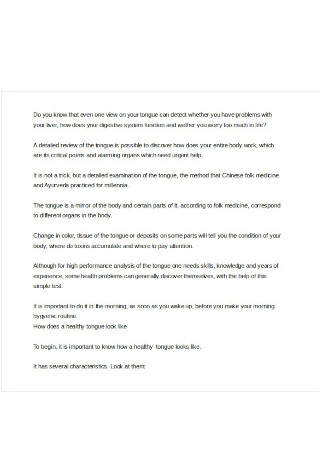
Tongue Reflexology Chart
download now -
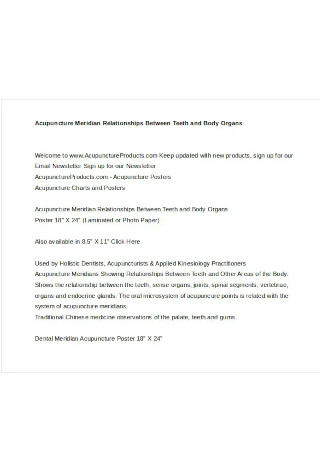
Teeth Reflexology Chart
download now -
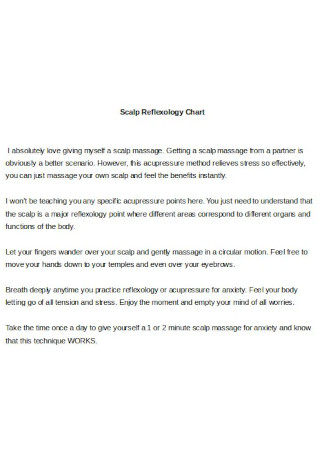
Scalp Reflexology Chart
download now -
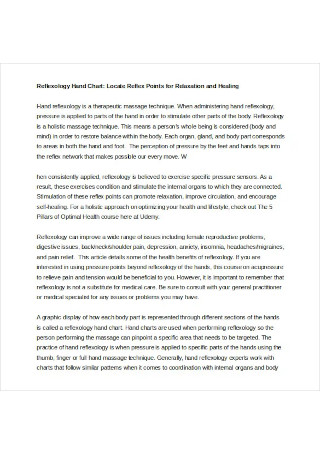
Reflexology Hand Chart
download now -
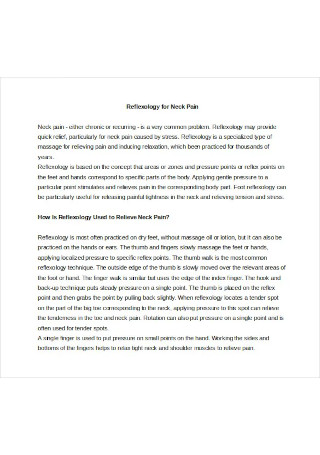
Neck Reflexology Chart
download now -
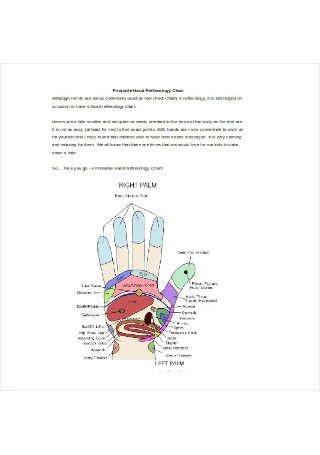
Printable Hand Reflexology
download now -
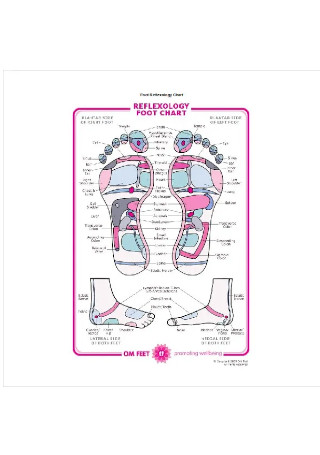
Foot Reflexology Chart Sample
download now -
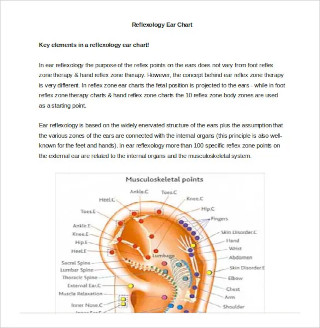
Reflexology Ear Chart
download now -
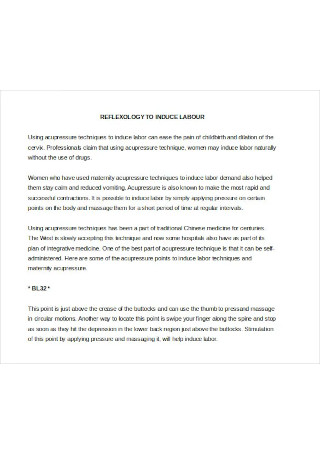
Reflexology to Induce Labor
download now -
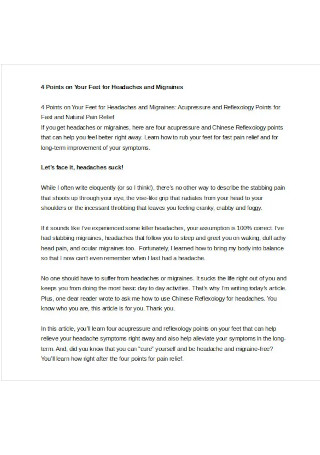
Reflexology Headache Chart
download now -
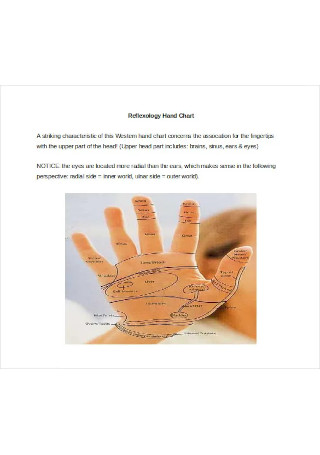
Sample Reflexology Hand Chart
download now -
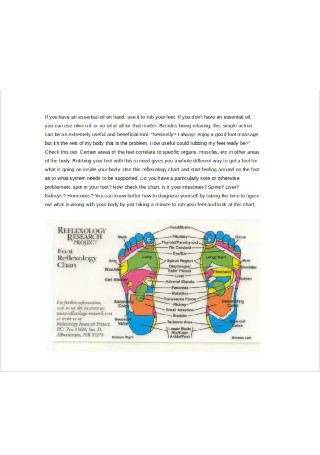
Sample Reflexology Foot Chart
download now -
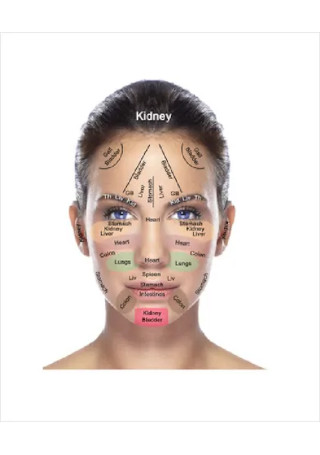
Face Reflexology Chart
download now -
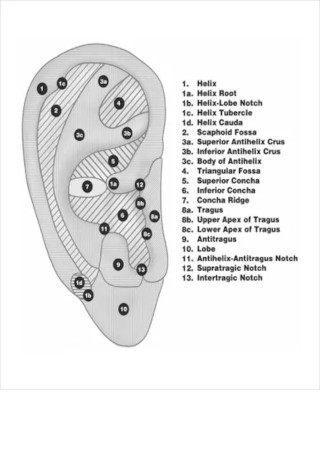
Sample Ear Reflexology Chart
download now -

Nose Reflexology Chart
download now -

Reflexology Chart for Uterus
download now -
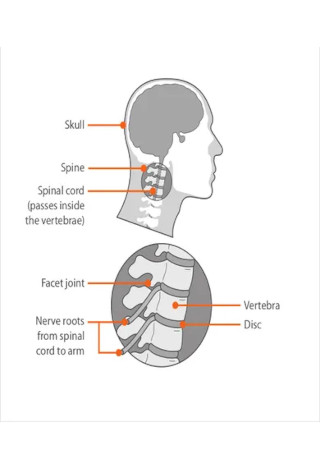
Reflexology Chart for Neck Pain
download now -
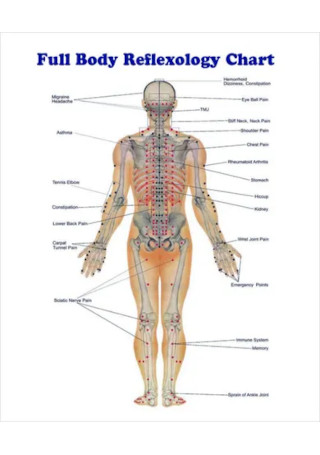
Full Body Reflexology Chart
download now -
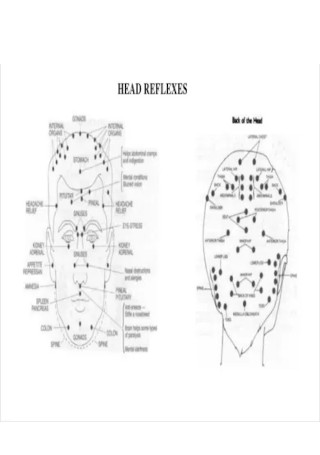
Head Reflexology Chart
download now
FREE Reflexology Chart s to Download
19+ SAMPLE Reflexology Charts
What Is a Reflexology Chart?
What Are the Basic Elements of a Reflexology Chart?
What Are the Different Types of Reflexology Charts?
How to Create Your Own Reflexology Chart?
What Are the Benefits of Reflexology?
Is It Considered Safe?
How Does It Work and What to Expect On Your First Session?
FAQs
How does it differ from a massage and acupuncture?
Are there any side effects?
What is the zone theory in reflexology?
What is its origin?
Is reflexology medically proven?
What Is a Reflexology Chart?
First and foremost, we must fully know and understand the definition of reflexology. It is one of the most famous kinds of massage. It is also one of the most in-demand massages in our world today. It is derived from the idea that certain pressure points on our feet are linked and represent different organs inside our bodies. With that being said, a reflexology chart is a graphical representation of what organs are linked to those certain reflex points or pressure points. It is a map that shows where you have to apply the pressure in order to relieve the pain.
What Are the Basic Elements of a Reflexology Chart?
This is a simple type of chart that is only made up of 2 key components.
What Are the Different Types of Reflexology Charts?
The most common of all is foot reflexology. However, there are also other tools or charts in reflexology.
How to Create Your Own Reflexology Chart?
By downloading the templates available above you are on your way to having your very own chart. These templates can be modified according to your needs.
Step 1: Based on Your Knowledge
Make sure that the template you will choose is based on what you know. If you are a practitioner of foot reflexology then look for and select a chart for that one. It is important to base the template of your choice depending on your scientific knowledge and actual experience.
Step 2: Inspect the Templates
They are a variety of choices for each type of reflexology chart. Make sure to consider the advantages and disadvantages of each template. You can make use of the pros and cons in order to arrive at a sound judgment.
Step 3: Evaluate and Revise
Make sure that you have extensive knowledge about the different pressure points. There are a lot of charts available. If you are not sure you can cross-reference to check if what you know is actually correct.
In order to be proficient in what you do, you need to have a high level of knowledge of the subject at hand and countless practical experiences.
What Are the Benefits of Reflexology?
How about for specific illnesses?
Is It Considered Safe?
In general circumstances, it is a safe process. That is why it is an accepted practice all over the world. However, if you have fractures, gout, open wounds, foot injuries, or blood clots it is not advisable to undergo the whole process. For women who are pregnant, there are certain reflexologies that can help induce labor. Even so, it is still highly advisable to consult with your doctor first before setting an appointment with your reflexologist.
How Does It Work and What to Expect On Your First Session?
Most of the practitioners will ask some questions before going on with the whole process. They may also explain to you how it works and give a brief description. It is also important to communicate with your practitioner and be honest with them if you have certain conditions or complications. After all that the process of applying pressure on your reflex points will commence. For what to expect, while some people instantly feel relaxed, for others it may take a while. According to Dr. Dustin Martinez, a chiropractic physician based in Los Angeles, everyone heals at their own pace or time.
FAQs
How does it differ from a massage and acupuncture?
A massage and reflexology are often mistaken to be the same. They are both under the category of therapy and both give a lot of benefits. However, there are several key differences. A massage handles a more broad area. It also focuses on soft tissues in our bodies. It is recommended more if you are looking for general relaxation. While reflexology is focused on a specific area. It has a target area and applies pressure on the particular reflex point. Lastly, just like in reflexology, acupuncture also focuses on pressure points. The difference is that acupuncture does not only focus on the feet but the entire body. Also, it uses thin needles to penetrates the skin.
Are there any side effects?
According to a survey by foot pain explored, each patient or client felt an increase in their urination. Also, some felt emotional, drowsiness and headaches. However, these headaches and drowsiness were short-lived and only due to the feeling of lightness. It is important to note that keeping hydrated after the process is important.
What is the zone theory in reflexology?
This is a popular theory when talking about reflexology. It states that in our body there are 10 vertical zones that contain different parts of the body and links to our fingers and toes. This was backed up by the father of reflexology, William H. Fitzgerald, MD, he then wrote that there are really 10 vertical zones that if applied pressure to a specific zone it helps in relieving pain on their corresponding body parts or organs.
What is its origin?
It is commonly considered that reflexology was derived from ancient Chinese medicine. According to the University of Minnesota, the book Yellow’s Emperor Classic of Internal Medicine was the first known source about examining the foot. That book was then translated by Marco Polo. After that reflexology and massage were introduced to Europe. Also, in 1582 a book entitled zone therapy was published by Dr. Adamus and Dr. A’tatis. In the US, William H. Fitzgerald, MD, then wrote about the ten vertical zones in 1917. It was then expanded by Dr. Shelby Riley, and he developed a map of the zones and pressure points on the feet and hand.
Is reflexology medically proven?
It is not scientifically proven and medically proven for the treatment of diseases. However, studies recommend that it is an effective complementary treatment. Especially for stress and anxiety. It can help in alleviating some pain and tension. Nevertheless, because there are no bad side effects, a lot of people still try this because it helps in improving their mood and health.
No matter how experienced and good you are, it is still important to have a reflexology chart. In order to have a success rate of a hundred percent, a chart will be necessary. It will be very helpful and useful if you have a chart by your side at all times. This will greatly be of service to you as a practitioner in order to effectively relieve the patient of any stress or pain. A chart will consistently lead the way so that you will accurately apply pressure on the reflex points. A visual representation can also be comforting and encouraging for the clients. Download our templates above and give them a try. They will not disappoint you.
